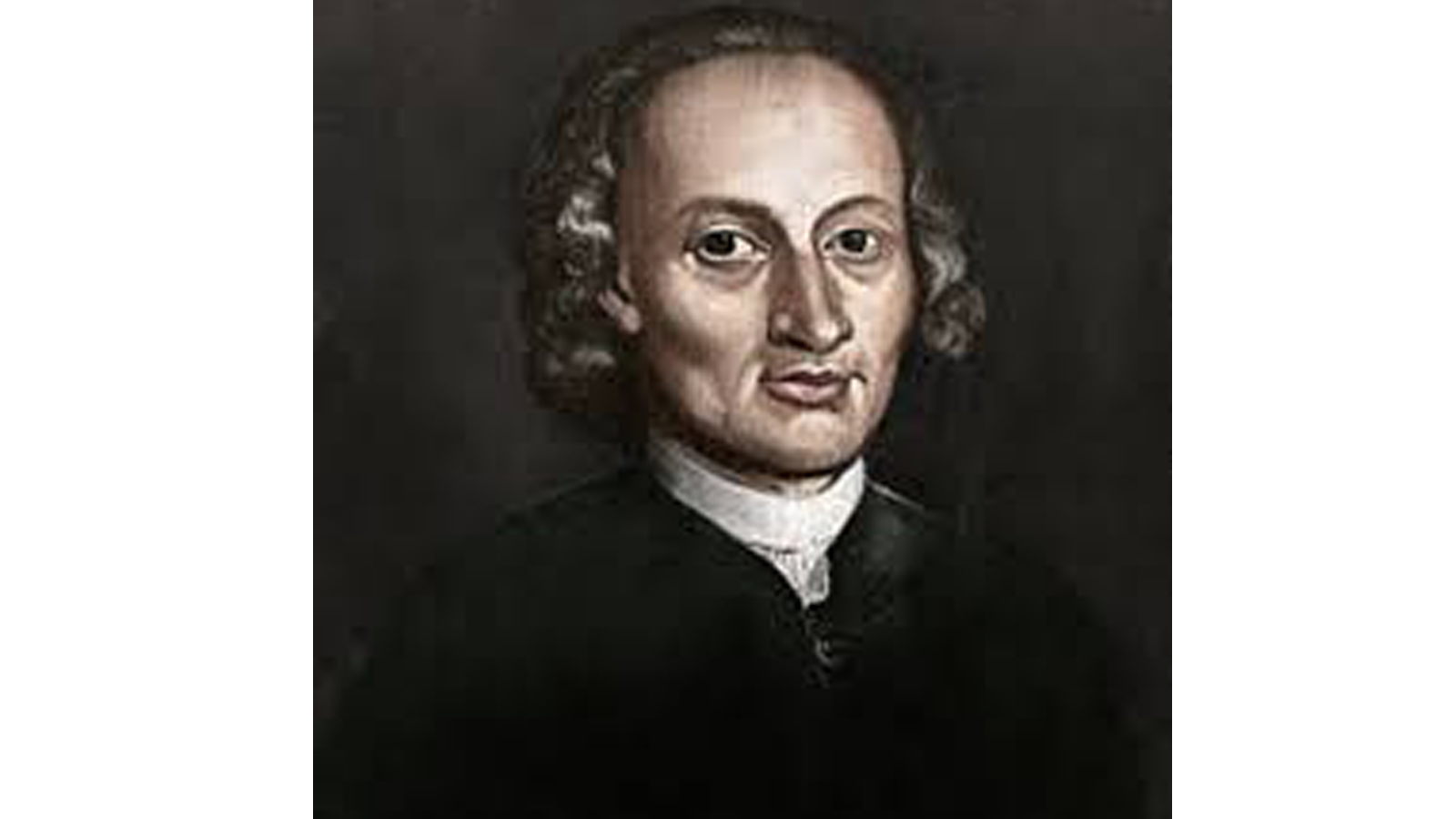
No. 39
Pachelbel: Canon in D

Pachelbel’s “Canon in D” originally Canon and Gigue in D for 3 Violins and basso continuo.
No one knows for sure exactly when Johann Pachelbel wrote his famous Canon. The speculation ranges from 1680 to 1706. We know of the Canon because there are contemporary references to it, proving that even then it was popular. We know how the Canon sounded because two manuscripts survived, but one is now lost, probably unaccounted for in the ruins of Berlin after WWII.
The Canon in D’s revival and, now, its almost universal popularity, can be traced to a single recording, an arrangement made by the Jean-Franḉois Paillard Chamber Ensemble in 1968. An earlier recording made by the Boston Pops under Arthur Fiedler in 1940 lays claim to being the first, if generally ignored, recording.
Since 1968 Pachelbel’s Canon has become one of the most recognized and abused pieces of music ever written. Not only has it been arranged for every conceivable ensemble of instruments. but it has displaced Wagner and Mendelssohn as the wedding walk down-the-aisle music, and it has virtually silenced other instrumental music at funerals and memorial services.
There is something elemental and profoundly soothing about Pachelbel’s Canon. Part of its power lies in its ostinato bass, a series of eight notes that repeat in the same tempo throughout the piece. The chord structure that those eight notes outline has been used over and over again as the basis of dozens of rock and pop tunes. Above the bass is a three part canon, a tune that one voice begins and while it moves on, another voice begins the same tune over again only to be followed by a third voice entering with the same tune after the second moves on. The Canon tune starts simply and over the course of 12 variations becomes harmonically richer as it also begins to “speed up”.
Pachelbel’s Canon represents the enduring hold that music of all time periods continues to have on our imaginations. It validates our habit of keeping “old” and even “antiquated” classical music (by, mostly, boring old white guys) with us even as we enjoy what contemporary musicians are doing.
Top 40 Countdown
A few years ago the listeners to WNED Classical told us what they thought a TOP 40 list of Classical pieces should be. Six hundred and twenty-two different pieces were put forward, and over nine hundred listeners participated. The result, The WNED Classical Top 40, was both startling and comforting. There were a number of surprises, Stravinsky and Copland made the list; Mendelssohn and Schumann did not! It was comforting to know that the two most popular composers were Beethoven and J.S. Bach. The biggest surprise of all was the piece that crowned the list as No. 1.